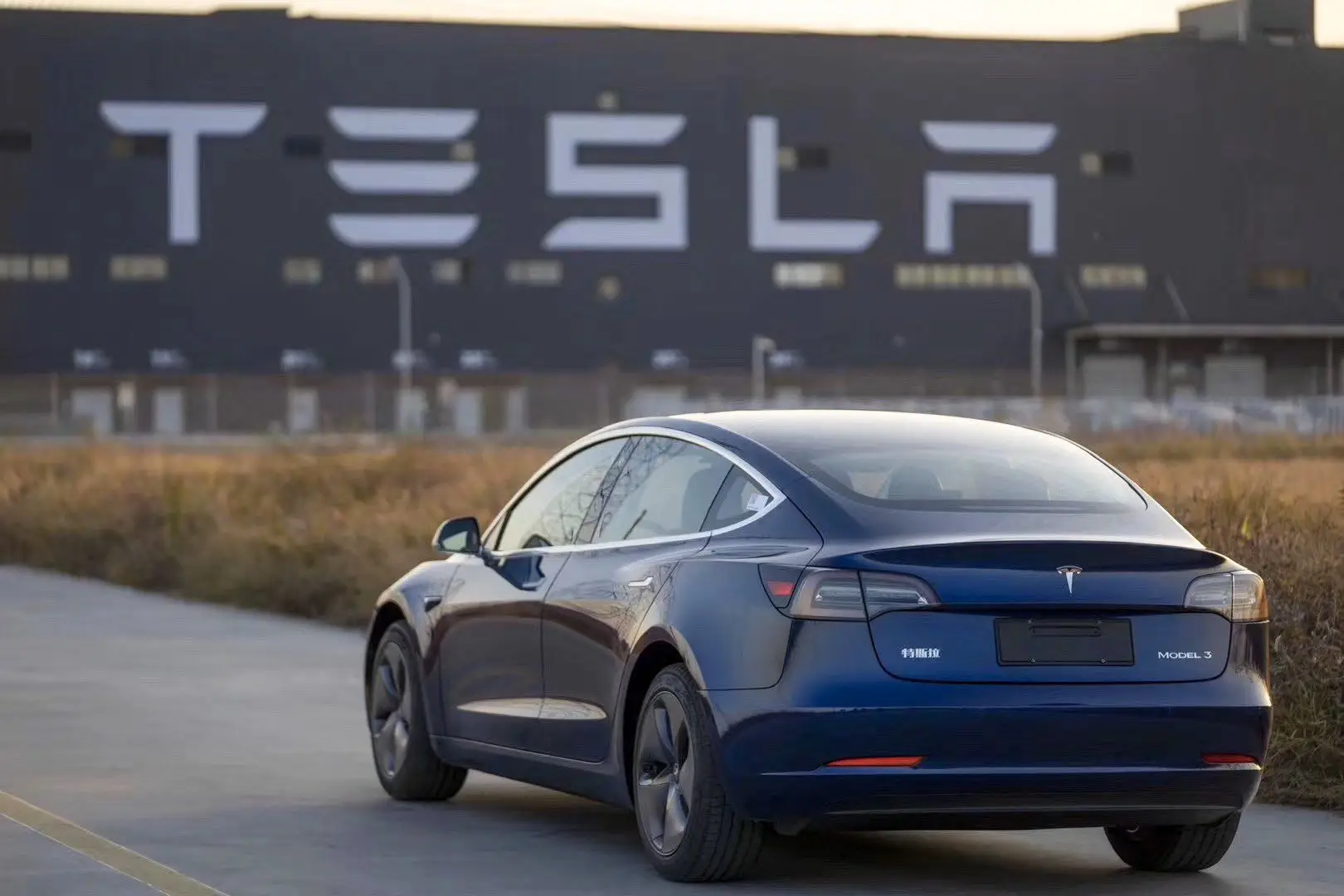Since the beginning of this year, the global economic recovery has led to a rapid increase in prices for major commodities such as oil, gold, and silver, with some prices soaring to levels unseen in years.
In April, driven by factors like expectations of Federal Reserve interest rate cuts and geopolitical conflicts, commodities led by gold have experienced a significant uptrend. Both COMEX June gold futures and London spot gold prices broke through the $2300 per ounce mark this week, reaching historic highs. Crude oil prices, including Brent crude, have also surged, with Brent crude surpassing the $90 per barrel mark for the first time in five months.
In stark contrast to the rally in gold and oil, the performance of US stocks has been lackluster since the beginning of April, reflecting market concerns about the resurgence of inflation. Despite positive signs such as the ISM Manufacturing PMI surpassing 50 for the first time in 16 months and better-than-expected job growth numbers in March, the Federal Reserve faces a dilemma: whether to cut interest rates or not.
Speaking about recent trends in the US stock market, the team led by Shamik Dhar, Chief Economist at Mellon Bank of New York(BK), pointed out in an email to the Daily Economic News that the main downside risk is the emergence of a second wave of inflation, which could lead to unexpected tightening of monetary policy.
Although Federal Reserve Chairman Jerome Powell has reinforced prospects of interest rate cuts this week to alleviate market concerns, several high-ranking Fed officials have subsequently voiced opinions suggesting that there may not be interest rate cuts this year. Following the release of the March non-farm payroll data, the CME Group’s “FedWatch” tool indicates that the market’s probability of a Fed rate cut in June has decreased from around 63% before the non-farm data release to 50.8%.
Gold breaks through $2300, Brent crude surpasses $90 after 5 months
Gold prices have maintained an upward trend since the beginning of this year. In March, New York gold futures prices rose by 9.8%, marking the largest monthly gain in over three years.
Entering April, gold prices continued to hit record highs: on April 1st, London spot gold and COMEX gold respectively broke through $2260 and $2280 per ounce; on April 3rd, the COMEX June gold futures price reached $2315.0 per ounce, marking a fifth consecutive trading day of record high closing prices; on April 4th, spot gold also broke through $2300 per ounce; on April 5th, spot gold briefly dipped before rising above $2330 per ounce, while COMEX gold futures prices reached $2350 per ounce.
With gold continuing to soar, global commodity futures have also risen. According to Wind data, this week, COMEX silver rose by as much as 10.77%, LME zinc rose by 7.5%, and LME nickel and LME copper both rose by over 5%.
The significant rise in gold prices is supported by multiple factors, including enhanced expectations of Federal Reserve interest rate cuts, escalating geopolitical tensions in the Middle East, and continued gold purchases by central banks worldwide.
However, despite the frequent record highs in gold prices, the global gold ETF holdings have been declining continuously. Data compiled by ING Bank of the Netherlands shows that as of April 4th, gold ETF holdings have decreased from around 856,000 ounces at the beginning of this year to approximately 820,000 ounces. ING believes that there is still significant room for gold purchases at present, but investors may wait until the Federal Reserve actually begins to cut interest rates before rushing to buy.
Research reports also point out that the bull market in gold is not over, but the sustainability of the uptrend faces challenges due to reliance on grand narratives and unattractive holding returns. Referring to the historical experience of gold breaking $1000 per ounce in 2009, $2400 per ounce may be an important resistance level.
Changes in the Middle East situation are also profoundly affecting the performance of the oil market. In addition, on the same day, OPEC+ decided to maintain the current production cut plan, indicating future market supply tensions.
WTI crude oil rose by 4.5% this week, reaching $86.91 per barrel, while Brent crude rose by 4.22% to $91.17 per barrel, surpassing $90 for the first time in five months. Next, market attention will turn to the OPEC+ ministerial meeting scheduled for June, where the extension of the production cut plan into the second half of the year will be crucial for whether oil prices can break through the three-digit mark.
An article published on the CME Group website on April 5th stated that because recent attacks involve major oil-producing countries, geopolitical events are affecting oil supply. In the short term, attention in the oil market remains focused on the tense situation in the Middle East, with next week’s international oil prices expected to remain high. If geopolitical tensions continue to escalate, there is no ruling out the possibility of further upward momentum. The mainstream operating range is expected to be $83-88 per barrel for WTI and $86-92 per barrel for Brent.
Rebecca Babin, Senior Energy Trader at CIBC Private Wealth US, believes that the escalation of tensions between Iran and Ukraine, coupled with the confirmation that OPEC+ will continue the production cut until June, has driven the expansion of price increases. Babin also noted that while the outlook for the coming months is positive, downside risks include the possibility of OPEC+ resuming some production, weakening demand, and Federal Reserve interest rate cuts being lower than expected.



